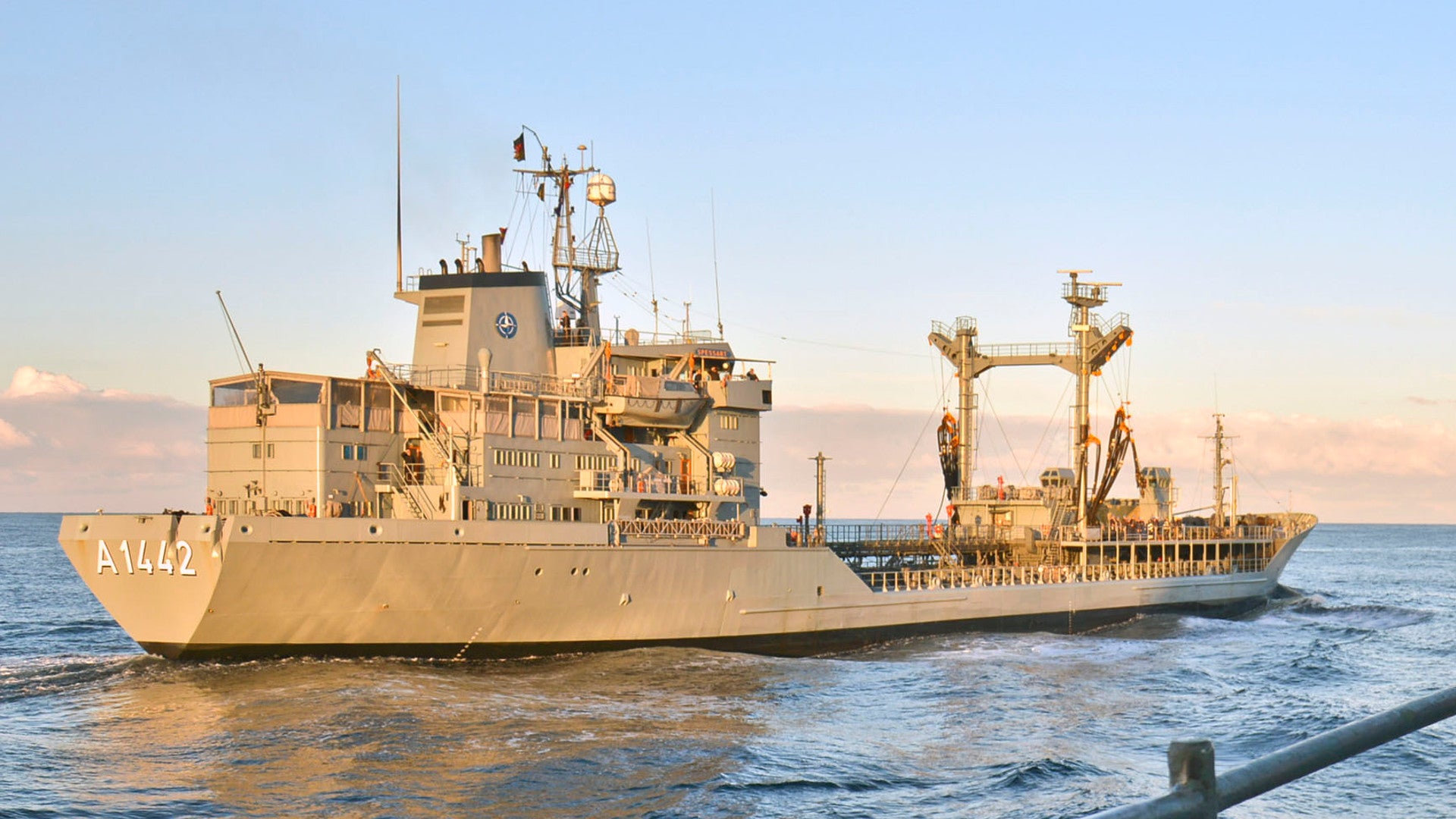In a new blow to the German military, the country’s Navy has admitted that nearly half of its replenishment-at-sea capable tankers are out of commission. These types of ships are essential for independent, sustained naval operations far from Germany’s own bases and could also have an impact on NATO allies who might rely on the Germans to help support combined surface task forces during a potential crisis in and around Europe or beyond.
On July 9, 2018, Jane’s 360 reported that German Navy Chief Vice Admiral Andreas Krause had acknowledged that both of the German Navy’s Rhön-class tankers, also known as the Type 704A, were pier side and in need for heavy maintenance. There is no clear schedule for when the ships will be ready for duty again. The service also has three Berlin-class, or Type 702, combat support ships that can refuel other large surface vessels at sea, but which also have multi-purpose capabilities.
“We cannot make up for the unavailability of the tankers,” Krause said, according to Jane’s 360. “The navy has become too small.”
The state of the Rhön, and her sister ship Spessart, comes more than six months after the German Navy was forced to admit that none of its six Type 212 submarines were operational. U-36 was supposed to return to service in May 2018, but it is unclear if the boat’s maintenance period remained on schedule. U-31 is also slated to be back on active duty sometime in 2018.
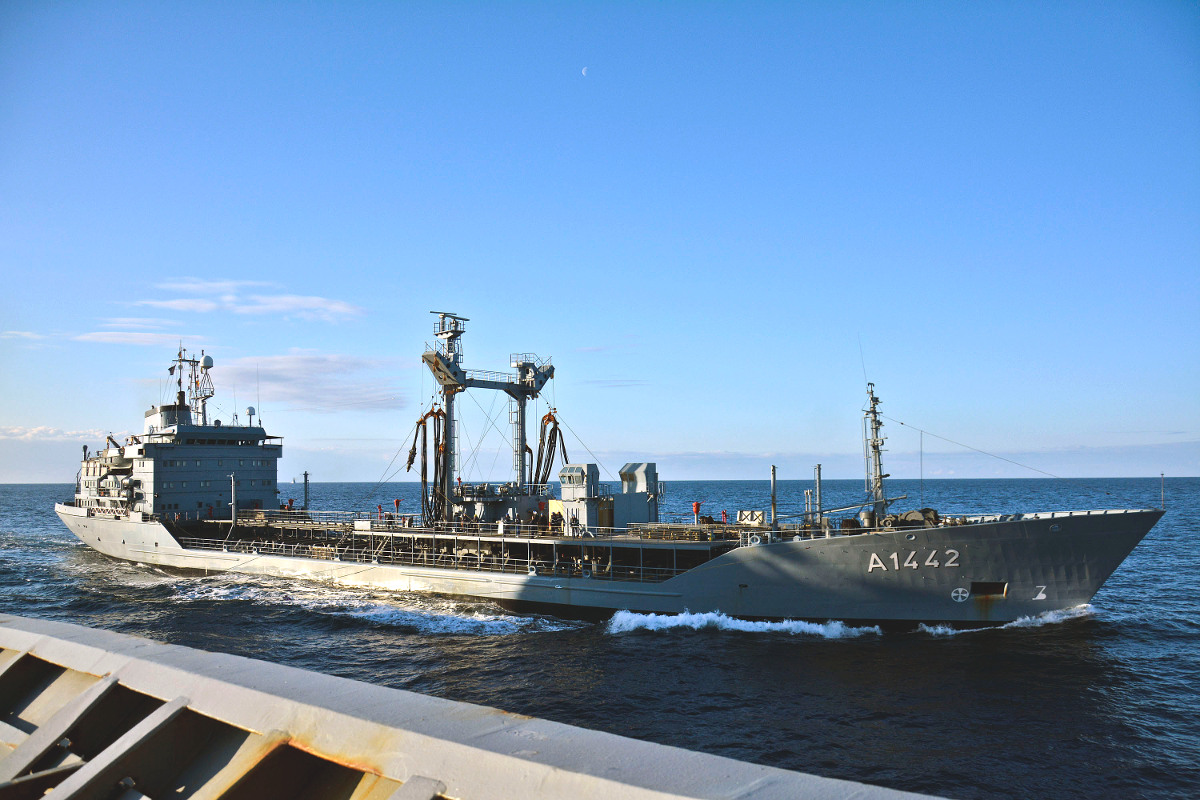
At the same time, the service is still struggling to move ahead with its troubled Type 125 Baden-Wurttemberg-class frigate program after making the unprecedented decision to reject the lead example and send it back to the shipbuilder, Blohm+Voss, in December 2017. You can read more about this curious and convoluted project in detail here.
According to Jane’s 360, the German Navy is now planning to conduct a major overhaul of Spessart’s single marine diesel engine to determine the source of that ship’s persistent engine problems. The exact reason why Rhön is not operational is unclear, reportedly being related to unspecified “wear and tear.”
The two vessels are increasingly dated, having been in German service since 1977. Kröger Yard, now part of the shipbuilding firm Lürssen, had previously built the ships, which have a displacement of just over 14,000 tons, as commercial bulk acid carriers, according to Combat Fleets of the World. What was then the West German Navy subsequently bought them second-hand from a shipping company based in the West African country of Liberia and converted them into tankers, but they remain unarmed.
Since then, both ships have been an important part of Germany’s naval capabilities, though. Following the end of the Cold War, the Rhön-class vessels have made routine deployments as part of both NATO and European Union naval task forces. Most notably, they have supported counter-terrorism and counter-piracy missions in the Gulf of Aden on more than one occasion.
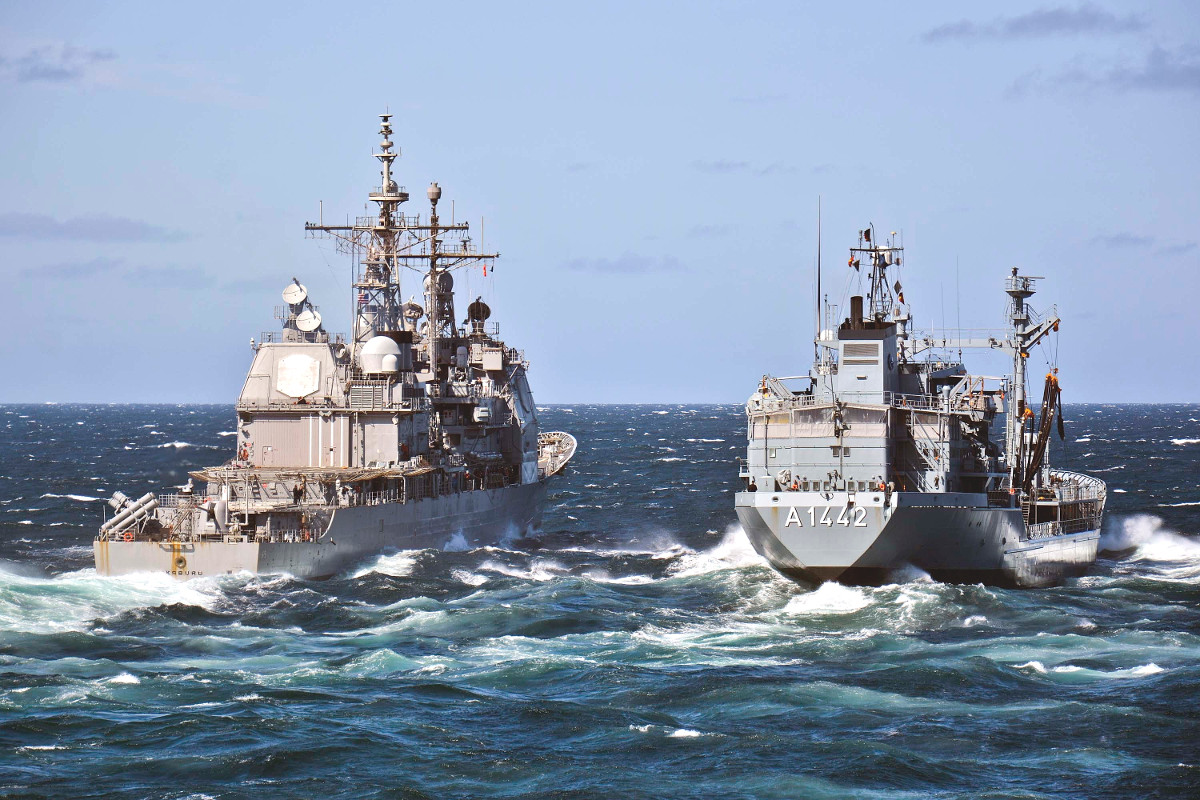
In March 2009, Spessart came under attack by pirates, who apparently mistook the ship for a commercial tanker as it was sailing near Somalia as part of the European Union’s Operation Atalanta. The on board security detail was able to repel the assault with their small arms. The other ships in the task force, as well as the U.S. Navy’s amphibious assault ship USS Boxer, subsequently chased the fleeing skiff and detained the attackers.
As regular members of the Standing NATO Maritime Groups, which are on call in case of a contingency, the ships also make routine appearances at the alliances exercise around Europe. Vice Admiral Krause noted that Spessart was due to join Standing NATO Maritime Group One, but that under the present circumstances, Germany would not be able to honor its obligations.
The German Navy cannot send one of the Berlin-class ships, either, since they are all presently committed to the European Union’s Operation Sophia, or preparing to deploy in support of that mission, which is focused on interdicting human trafficking in the Mediterranean Sea. These larger and more powerful vessels, which have a displacement of around 20,000 tons, are well suited to this task given their ability to provide support to other ships in their assigned task forces, as well as shelter any migrants and refugees in need of rescue. Each one can accommodate a modular hospital that includes 45 beds and a four-patient intensive care unit, along with laboratory and other supporting facilities.
“This is another example of how urgent the modernization and financing of the navy is,” Krause said. Earlier in 2018, the Germany Navy reportedly announced plans to have the Rhön-class replaced with new, unspecified ships by 2025. These could be additional Berlin-class ships, as the Germans had initially planned to build as many as six of those types before trimming back the order.
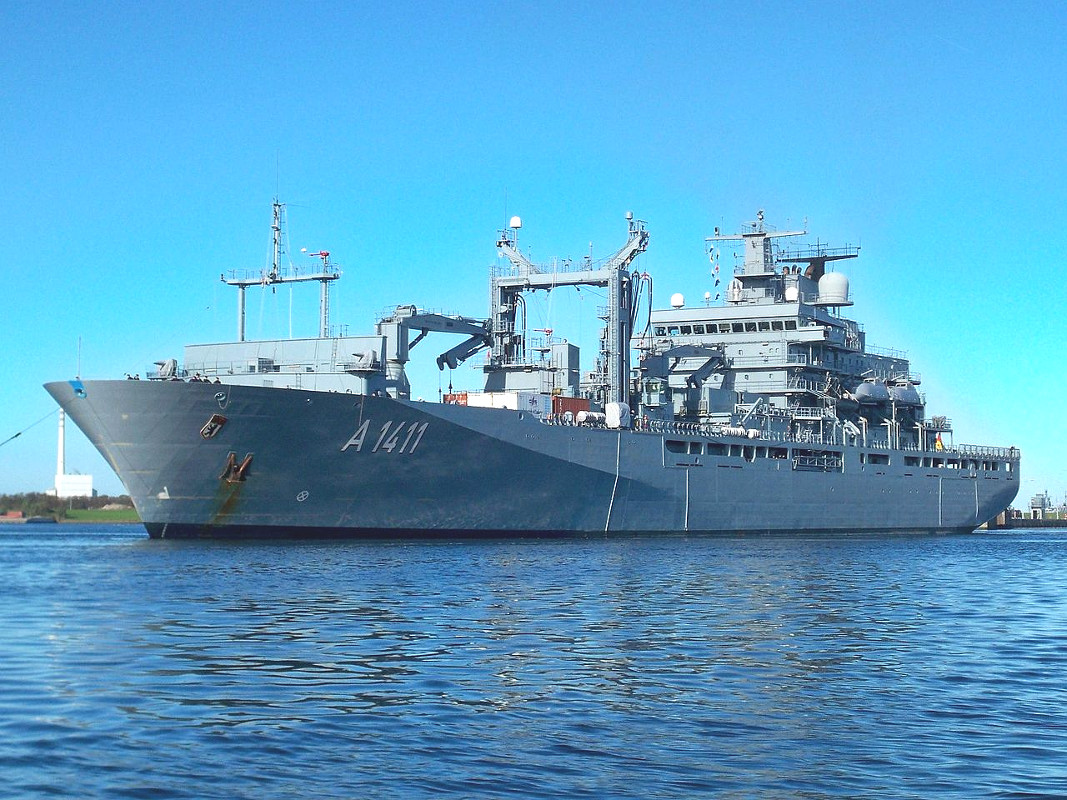
The Germans won’t be able to wait much longer to begin the process of getting replacements for the Rhön-class ships if they hope to keep to this schedule. It took nearly three years for shipbuilder Flensburger Schiffbau-Gesellschaft to deliver Bonn, the third of Germany’s Berlin-class ships, a design it already has experience with.
At that point, it hadn’t built one of these ships in nearly a decade. Already five years on from Bonn’s commissioning, any loss of experience and production capacity could easily slow down the process for building more of these ships. It is possible that German officials could look to speed up the process by acquiring another already in production military design or by choosing to convert another commercial type.
Until those ships arrive, though, the German Navy will have to make due, or not as the case may be, with Rhön and Spessart. If the service cannot figure out a way to get them back on duty soon and improve their availability rates in general, it could find itself severely limited in its ability to conduct any significant long-range naval operations. As noted, this could have a cascading impact on multi-national NATO and European Union missions that rely on German support.
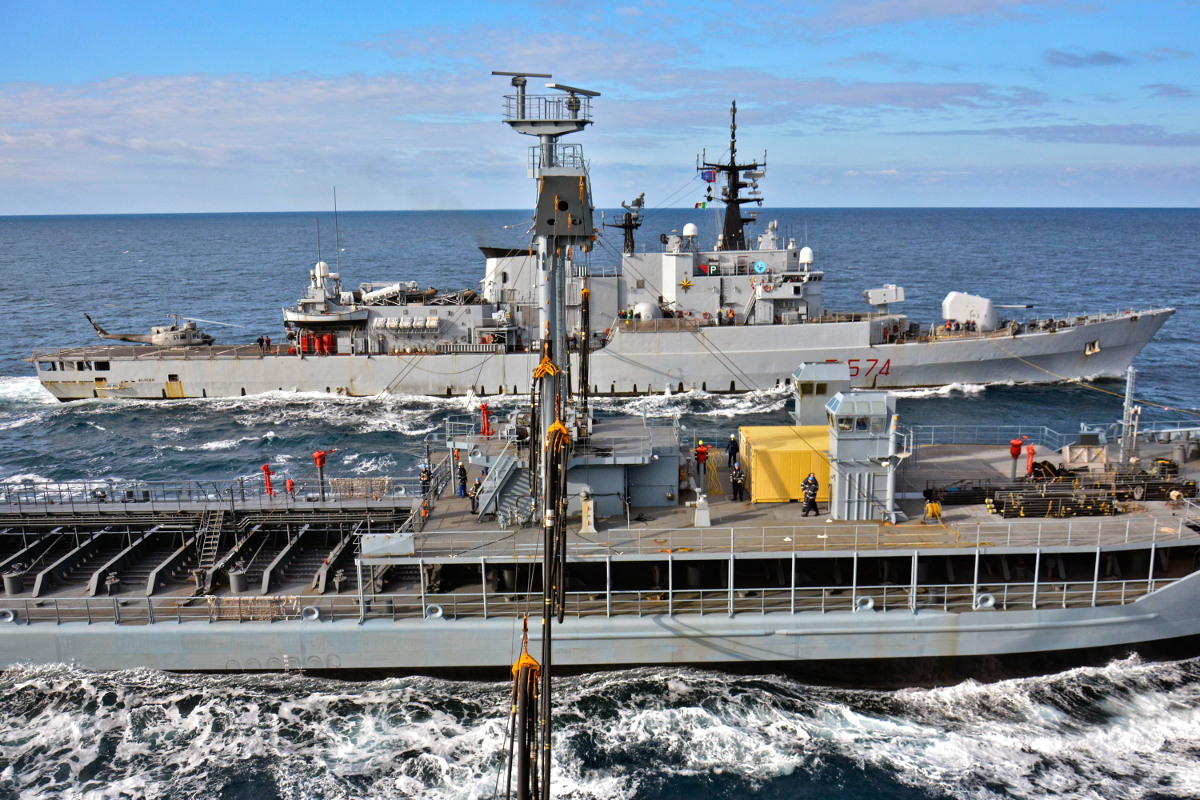
“Our operational area in the Somali Basin may be compared in size to the United States, distances to cover are significant,” Then-Rear-Admiral Philippe Coindreau, a French officer then in charge of European Union Naval Forces off Somalia, said in 2010 after visiting Spessart. “Tankers are therefore [a] valuable asset, enabling warships to last longer at sea.”
If Germany cannot take part in these types of naval missions in the near term, it could also reduce the country’s standing in international blocs and reduce the likelihood that other countries will see it as a viable partner when planning future operations. Germany, along with other NATO allies, has already come under especially harsh criticism from U.S. President Donald Trump. Trump and his administration have repeatedly decried small defense budgets and limited military capabilities in a number of the alliances member states.
In response, German Chancellor Angela Merkel has more than once
raised the prospect of Western European nations no longer being able to rely on the United States. She has already been pushing for increased spending on Germany’s military as a whole since 2014.
“It’s no longer the case that the United States will simply just protect us,” Merkel said in a May 2018 speech. “Rather, Europe needs to take its fate into its own hands. That’s the task for the future.”
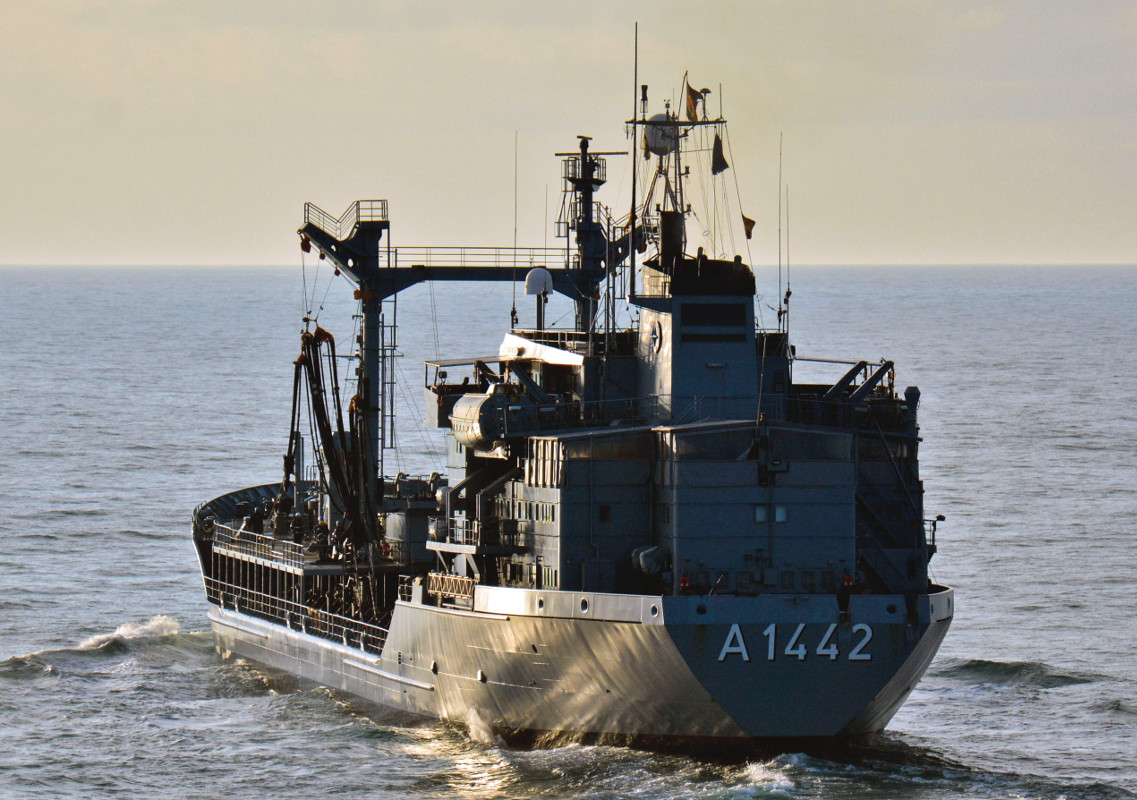
Those plans could find themselves further delayed due to an ongoing political crisis in Germany that could slow down any efforts to put those policy prescriptions into action. Merkel’s Christian Democratic Union (CDU) party, along with her allies in the Christian Social Union (CSU), had such a poor showing in Germany’s September 2017 federal elections that the country went six months without a formal government in place.
“The turnaround for the better has begun,” Hans-Peter Bartels, who is the Parliamentary Commissioner for the Armed Forces in Germany, had said in December 2017. “The basic decisions have been made, but it will take years again for that to happen.”
Unfortunately, after more than four decades of service, the Rhön-class ships are clearly close to the end of their useful service life, if they haven’t passed that date already. Germany will have to move quickly to avoid ending up with a pronounced and potentially lengthy gap in having enough ships to adequately perform this vital mission.
Contact the author: jtrevithickpr@gmail.com
